
Dyslexia Handbook
The FCPS online dyslexia handbook provides information and resources to FCPS schools and families alike as they support students with dyslexia. The handbook reflects a division-wide commitment to ensure that these students’ needs are met as a result of collective responsibility and collaboration across general and special education contexts.
The handbook itself is organized to reflect dyslexia at three levels:
In addition, the Appendices include a glossary of handbook terms, dyslexia resources, signs of dyslexia, and family guides to dyslexia for elementary and secondary schools.
Throughout this handbook, the term “students with dyslexia” has been used in lieu of the term, “dyslexic.” The decision to use person-first language is to serve as a constant reminder that these students are more than their dyslexia (National Center on Disability and Journalism, 2017, retrieved from http://ncdj.org/style-guide/ on 3/7/17).
Defining students as dyslexic prevents us from crafting a fuller profile of them as students who struggle with decoding and spelling and do well in many other academic and nonacademic pursuits.
Overview
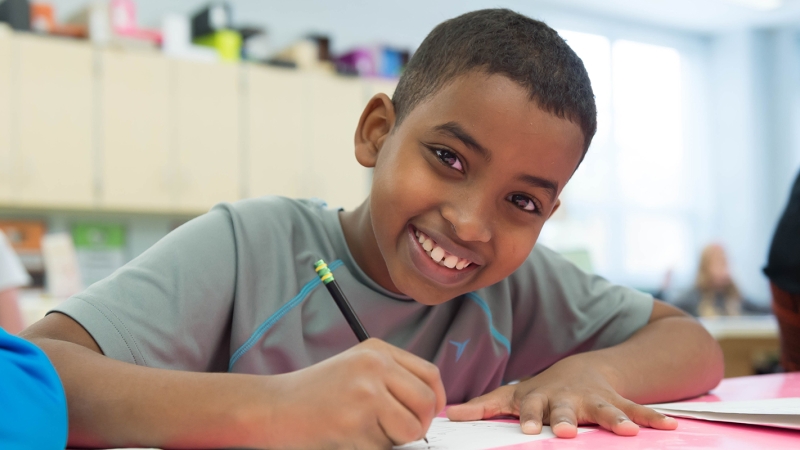
Definition and Continuum of Dyslexia
Dyslexia is a language-based reading disability. Dyslexia manifests on a continuum from mild to moderate to severe.
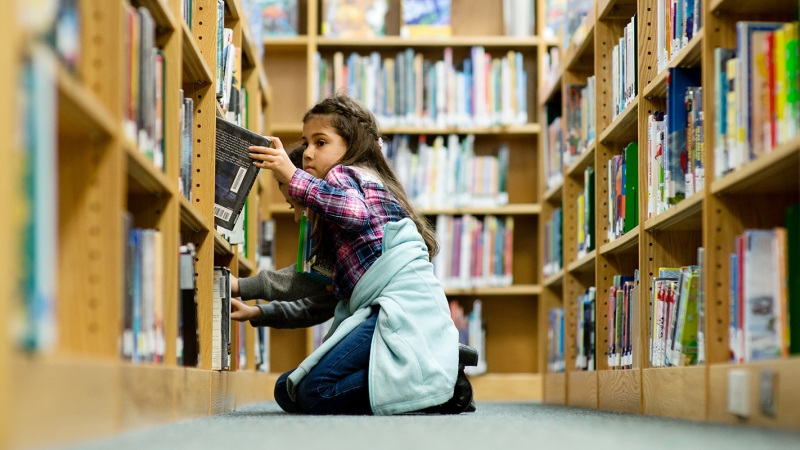
Characteristics and Signs of Dyslexia
What does dyslexia look like? How do I know if my child or student is showing signs of dyslexia? Dyslexia can look different for different people. However, there are some common characteristics of dyslexia, and signs you can look for in people of all ages.

Legislative Context for Dyslexia
The national and state legislative activity that governs and guides the work of Fairfax County Public Schools in serving the needs of students with dyslexia.
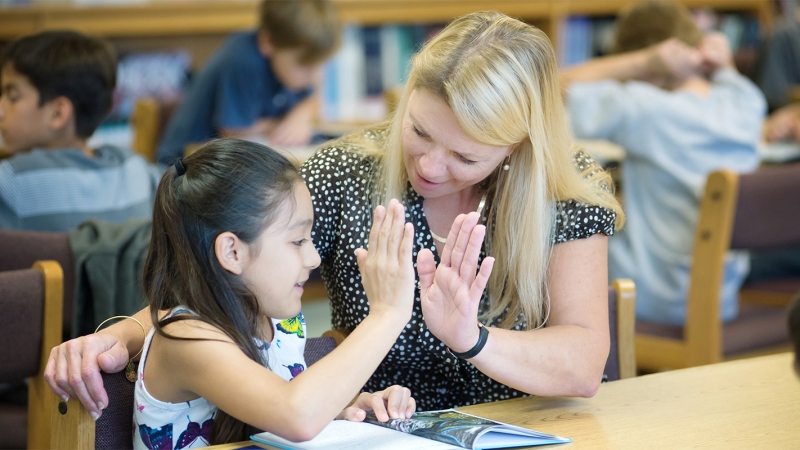
Core Instruction for Students with Dyslexia
In FCPS, high-quality core instruction is paramount. Students with dyslexia benefit tremendously from having access to both a strong structured literacy core program as well as evidence-based interventions to address their specific areas of need.
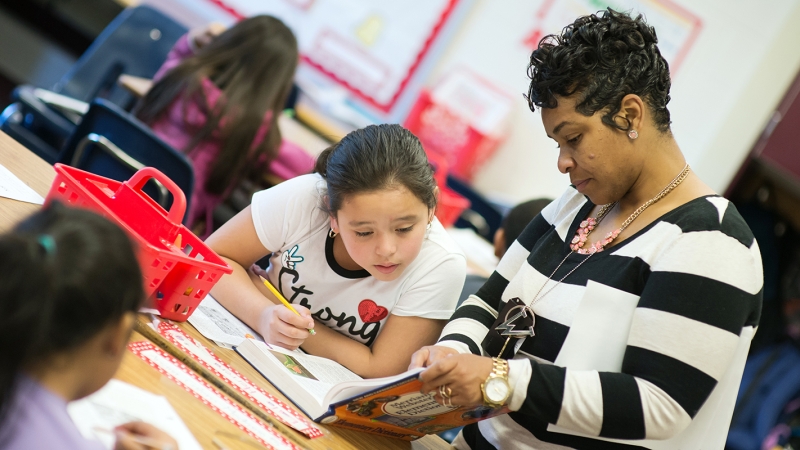
Responsive Instruction for Students with Dyslexia
Responsive Instruction helps schools recognize the characteristics of dyslexia and can be utilized to service the needs of student with dyslexia who do not require special education services.

Accommodations for Students with Dyslexia
Students with dyslexia often have the cognitive capacity to learn grade level content, but their reading and writing difficulties get in the way. There are some accommodations often recommended for students with dyslexia.
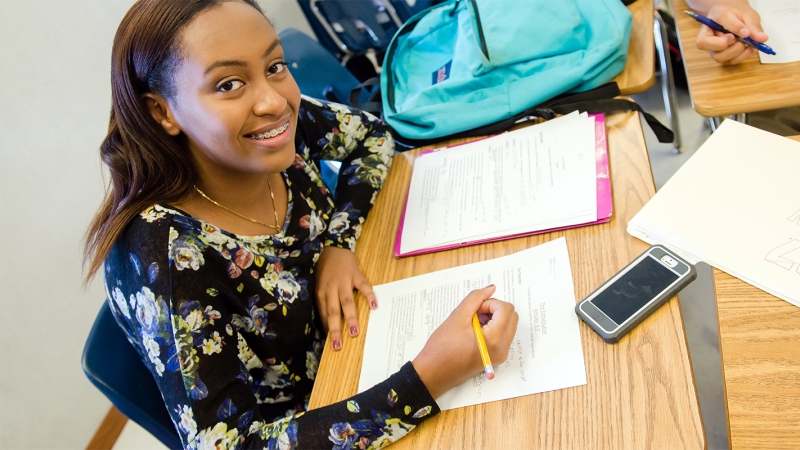
Continuum of Assessments for Reading Difficulties
One of the most common questions families have is how to get their child help when they suspect dyslexia or any other learning disorder. Assessments in FCPS start in the classroom and may include a referral to the Local Screening Committee. While these assessments do not diagnose dyslexia, they can…

504 Plans for Students with Dyslexia
Some students with dyslexia may qualify for accommodations under Section 504. A 504 plan, developed for a qualified student, addresses the child’s unique disability-related needs.
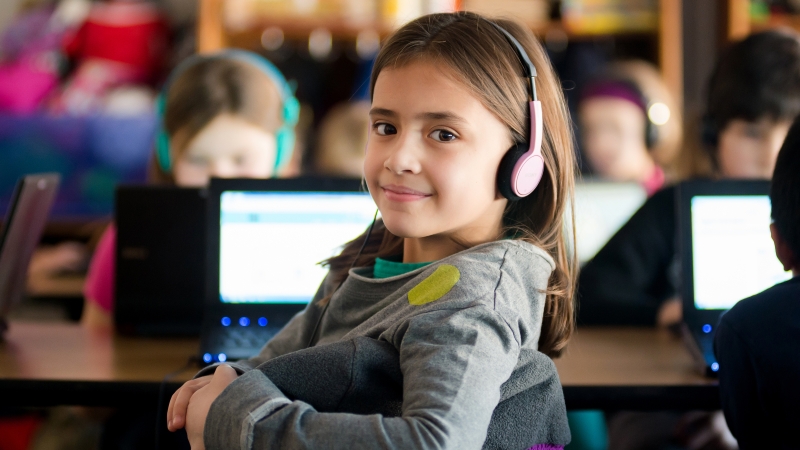
Assistive Technology for Students with Dyslexia
Technology supports can help students with dyslexia by building a bridge between their reading and writing skills and grade level materials. Appropriately chosen assistive technology (AT) supports can help all students with dyslexia.
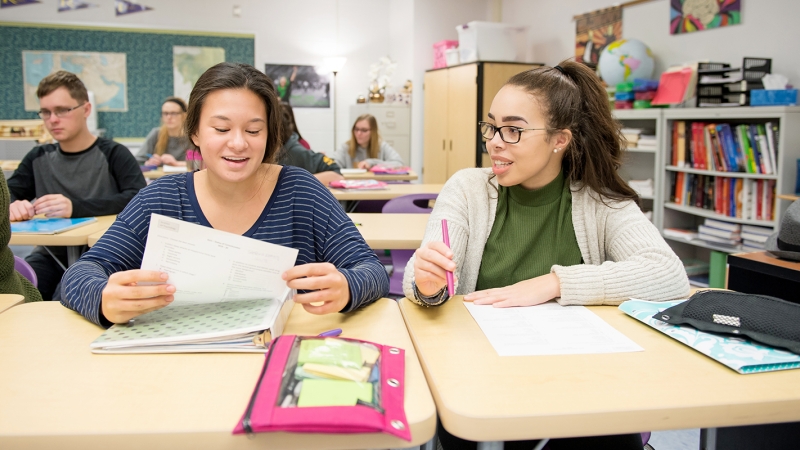
Interventions and Specialized Reading Programs
All students require strong core instruction, but students with dyslexia may require additional instruction through interventions in order to address their particular needs in reading and writing.
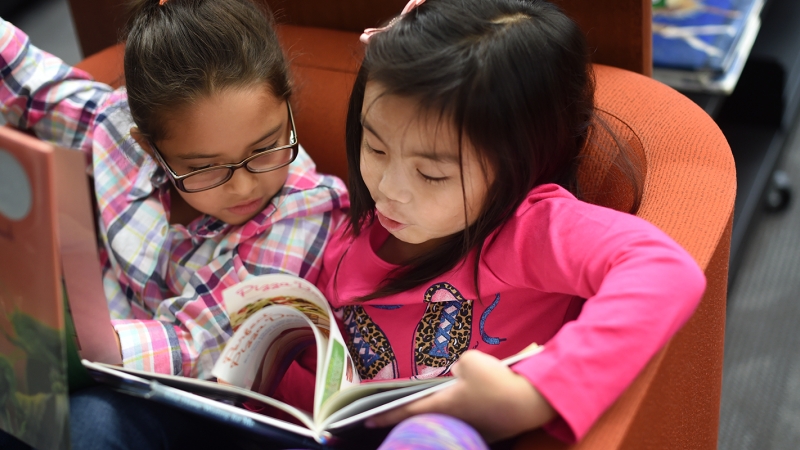
Special Education Services for Students with Dyslexia
In FCPS, students with dyslexia usually receive special education services under the category of Specific Learning Disability. Students must meet all criteria to be found eligible for special education services and if eligible, services and supports are addressed through an Individualized Education…
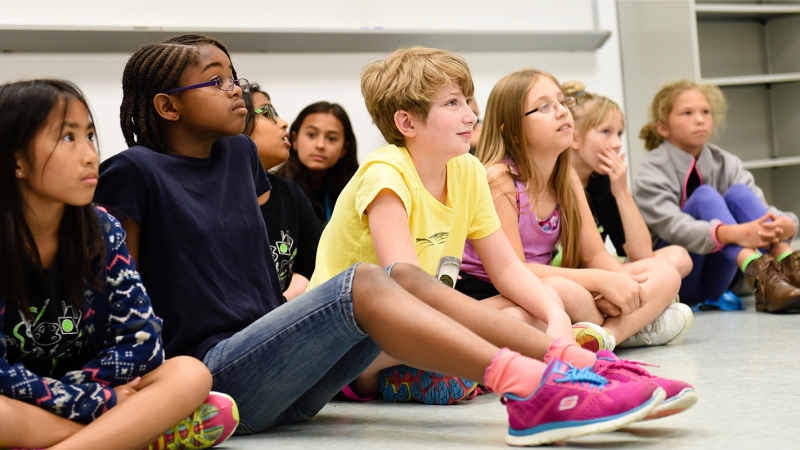
English Learners and Dyslexia
When a student is not proficient in English and is experiencing significant reading difficulties, it is essential that we look closely to determine if the difficulty stems from English language development or from a true disability such as dyslexia that would require special education and related…
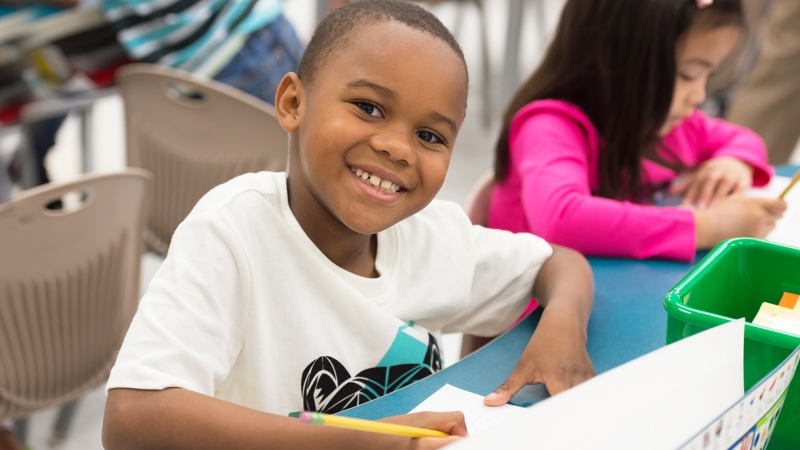
Twice Exceptional (2e) Learners and Dyslexia
Some students who have been identified as 2e are gifted students with dyslexia.
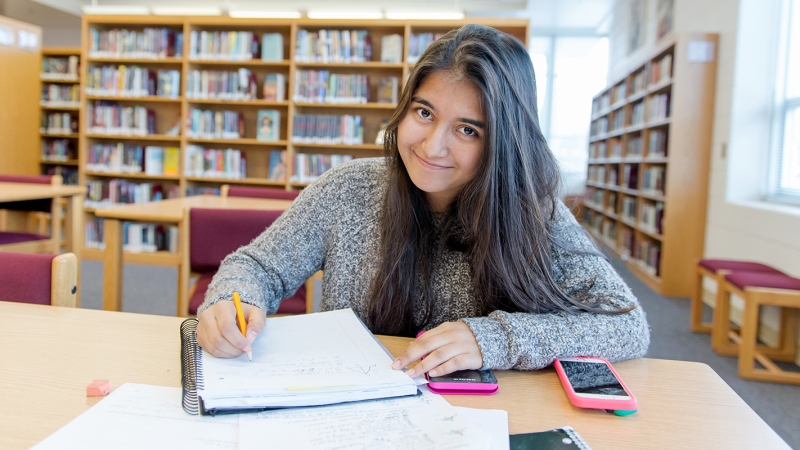
Common Co-Existing Conditions with Dyslexia
Dyslexia occurs on a continuum and may look different for different students, in part, because its effects may be exacerbated by a variety of other conditions. Any of these commonly co-existing conditions can contribute to reading and/or writing difficulties that already exist in these students.
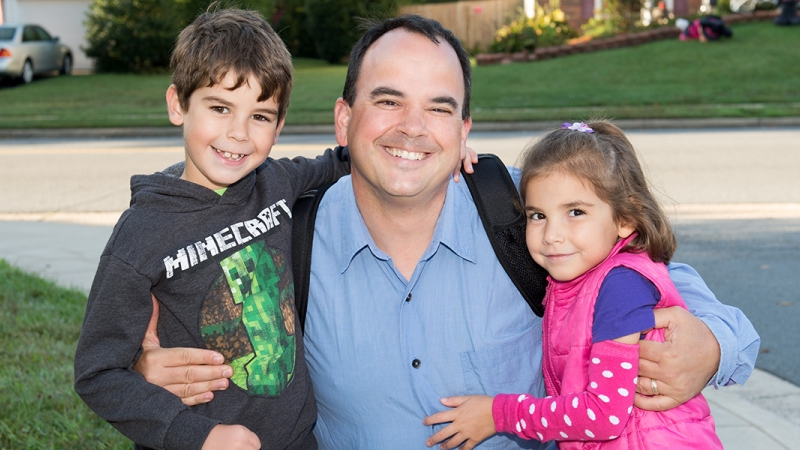
Families and Schools as Partners
Family members of children with dyslexia often find themselves in many roles: detective, advocate, tutor, and coach. It is also important for students with dyslexia to be reminded that they are so much more than their reading difficulty. Families and schools can be partners in supporting students…

Social Emotional Impacts of Dyslexia
Dyslexia may take a toll on a student’s self-esteem, may impact his or her relationships, and at times, may manifest in behavioral challenges. There are supports that can help these students continue to be confident and successful.
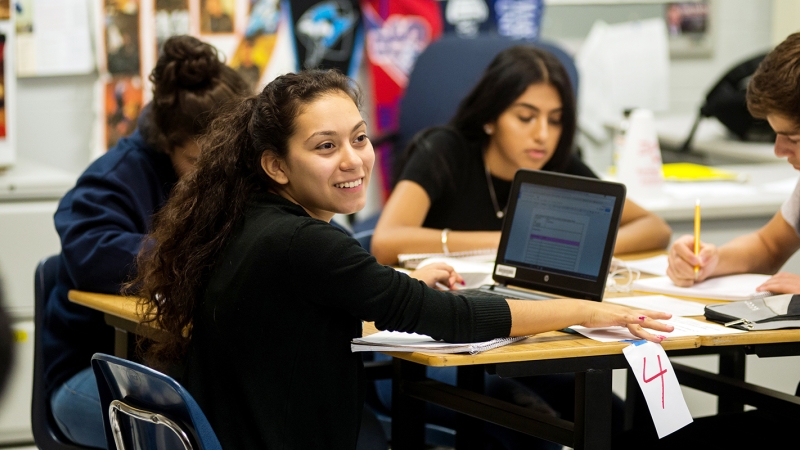
Self-Advocacy and Voice for Students with Dyslexia
Students with dyslexia are empowered when the adults in their lives involve them in exploring what dyslexia means to them, advocating for the supports that help the most, and celebrating effort, progress and strengths.

Glossary of Terms
Definitions of terms found in the Dyslexia Handbook
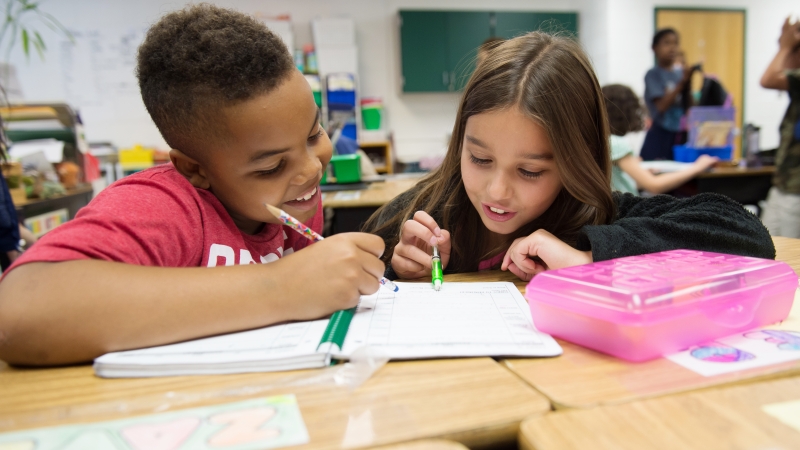
Dyslexia Resources
Includes Regional Points of Contact, Family Guides, Books, and Websites
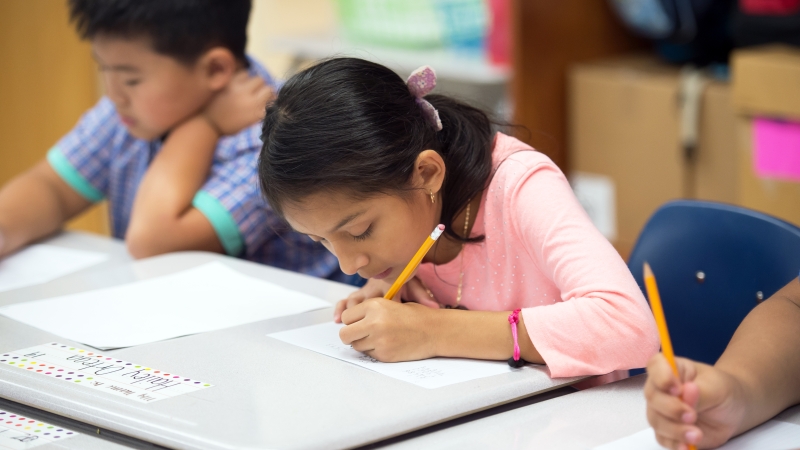
Signs of Dyslexia
The possible strengths and the possible challenges typical of students with dyslexia at different stages in their education.
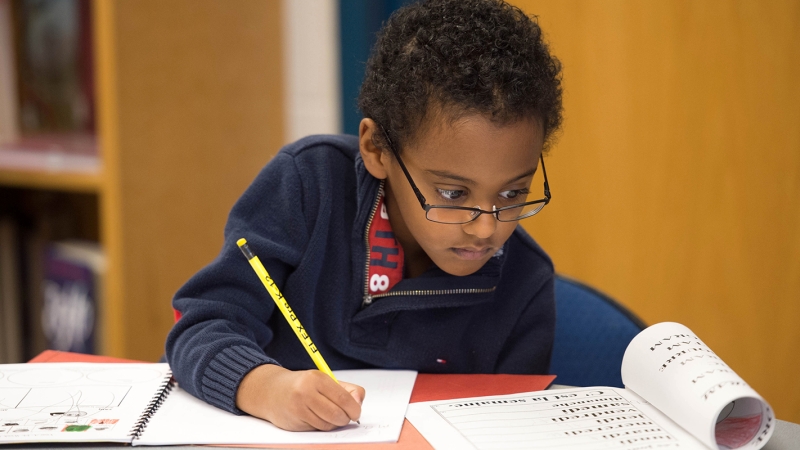
Family Guide to Dyslexia: Elementary Schools
Concerned about your child’s reading and/or spelling? Worried that your child might have dyslexia? Turn to your child’s school for support so that together, you can develop a plan to address and monitor your child’s needs. If your child currently receives special education services, please consult…

Family Guide to Dyslexia: Secondary Schools
Some level of anxiety, depression, or frustration in and out of school is not unusual for young adults, however
students with dyslexia may demonstrate unexpected social and emotional challenges that stem from reading and writing difficulties. Turn to your child’s school for support. Together, you…
© 2017 Fairfax County School Board. All rights reserved. This material may not be reproduced, displayed, modified or distributed without the express prior written permission of the copyright holder. For permission, contact the FCPS Department of Special Services, Office of Special Education Instruction, Willow Oaks Corporate Center, 8270 Willow Oaks Corporate Drive, Fairfax, VA 22031.